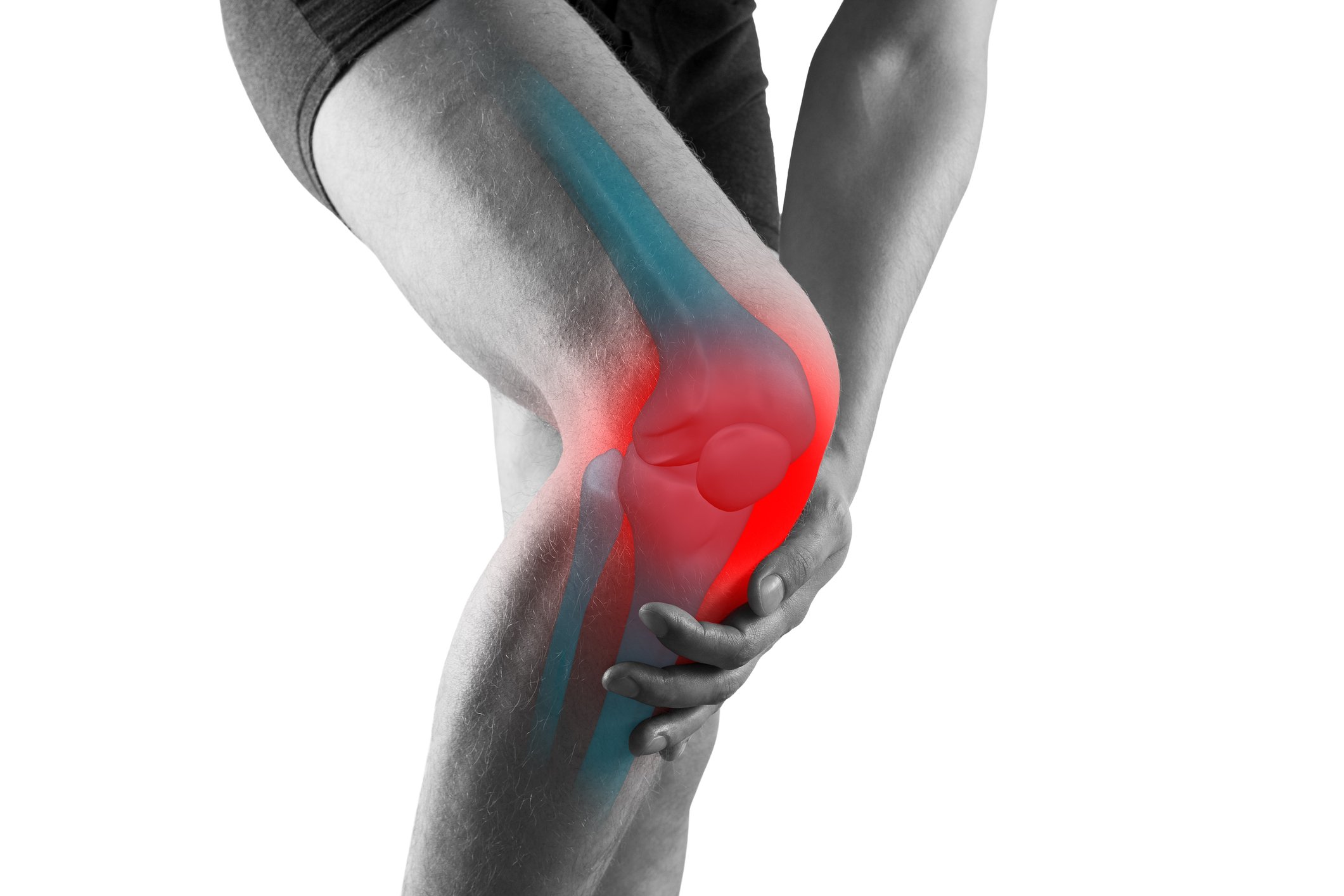Well Ain’t a Bad Place to Be. That being said, recovering from an injury takes time. Injuries to the anterior cruciate ligament (ACL) in the knee are rarely simple and frequently require surgery. Sadly, there’s no magic cure that will get you up and walking the day after ACL repair. Still, there are plenty of ways to support your body (and mind) on the Rock ‘N Roll Train to recovery.
Here are five tips that may help power up your post-op recovery.









